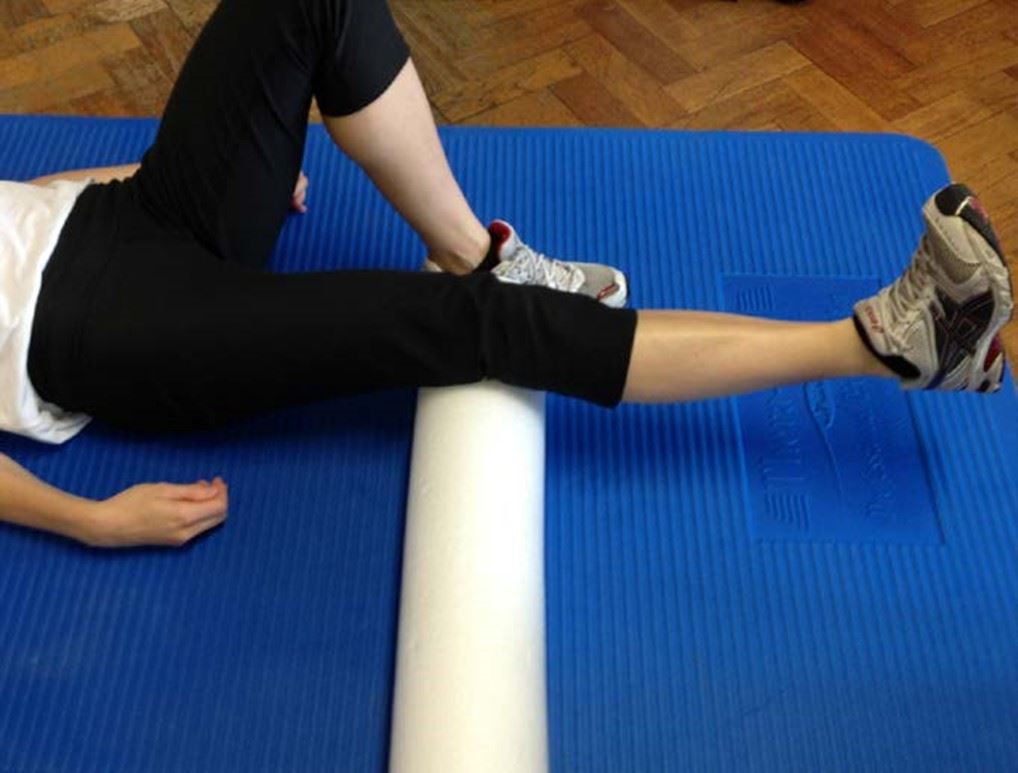This guide can help you to understand if you’re exercising at the right level. It’ll also let you see how much pain or discomfort is acceptable.
It can be helpful to rate your pain out of 10 (0 being no pain 10 being the worst pain you have ever had), for example:
- 0 to 3 – minimal pain
- 4 to 5 – acceptable pain
- 6 to 10 – excessive pain
Pain during exercise
Aim to keep your pain within a rating of 0 to 5. If your pain gets above this level, you can change the exercises by:
- reducing the number of times you do a movement
- reducing the speed of a movement
- increasing rest time between movements
Pain after exercise
Exercise should not make your existing pain worse overall. However, practicing new exercises can sometimes cause short term muscle pain as the body gets used to moving in new ways. This kind of pain should ease quickly and your pain should be no worse the morning after you’ve exercised. [4]
In the meantime if you find your symptoms worsening despite the exercises, or if you notice any new symptoms such as weakness or numbness or difficulty with mobility or weight bearing, then please seek a medical review. If your symptoms are particularly worrysome or troubling you can attend Urgent care or contact 111 out of hours.
References
1 - https://versusarthritis.org/about-arthritis/conditions/osteoarthritis-of-the-knee/ Versus arthritis OA knee
2 - https://www.nhsinform.scot/illnesses-and-conditions/muscle-bone-and-joints/conditions/osteoarthritis-of-the-knee/ NHS inform OA knee
3 - https://roh.nhs.uk/services-information/therapy/exercises-for-osteoarthritis-of-the-knee Royal Orthopaedic hospital - OA knee
4 - 4 - NHS Inform Scot - https://www.nhsinform.scot/illnesses-and-conditions/muscle-bone-and-joints/exercises/exercises-for-tennis-elbow/









